detail profile einar vaage
Peran Yang Di Mainkan Einar Vaage
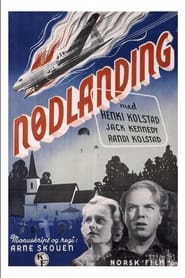 An American bomber is shot down...
An American bomber is shot down...Emergency Landing 1952
An American bomber is shot down on the Norwegian coast during World War II. The airmen bail out and land at different locations. In spite of the German search for them, the Norwegian resistance picks them up and hides them in the attic of the local church, a center of operations. Things become tense, however, when the hideout is spotted by a notorious collaborator, and soon the protagonist, Hans, has to get the airmen to Sweden.
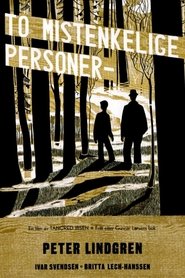 Two police officers lie dead The...
Two police officers lie dead The...Two Suspicious People 1950
Two police officers lie dead. The swede Ekstrøm and the youngster Gustav flees the scene of the crime. Based on a real double murder in 1926, this movie remained almost unseen for 57 years. When the film was set to premiere in 1950 one of the murderers, having served a full sentence, went to court to have the film stopped.
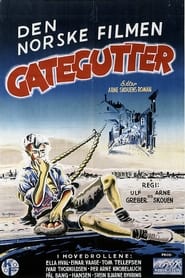 The movie takes place on Oslos...
The movie takes place on Oslos...Boys from the Streets 1949
The movie takes place on Oslo's east side sometime during the twenties. It depicts the workers' environment by traditional elements like unemployment, strike, poverty, alcoholism, absent fathers, wise and tired mothers, the dream of a better life and the friendship between the boys in the street.
 The story of a working man...
The story of a working man...Death Is a Caress 1949
The story of a working man, who's got a gorgeous fiancée but who falls for a rich older woman – who turns out to be a femme fatale.
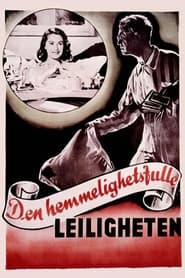 A conservative old bachelor buys an...
A conservative old bachelor buys an...The Mysterious Apartment 1948
A conservative old bachelor buys an apartment previously owned by an artist who died suddenly. He has a weird feeling about the place from the start, and gets more and more obsessed by the previous owner's possessions and way of living. Finding some loveletters written by the deceased's mistress, Dott, gives him an irressistible urge to get to know her better.
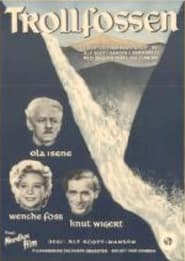 General director Strm will create a...
General director Strm will create a...Trollfossen 1948
General director Strøm will create a large Norwegian industrial company to tame waterfalls and put them in pipes. But also his wife Sylvia, the gifted pianist, must be tamed. However, Strøm discovers that human material is considerably more difficult to process than the forces of nature.
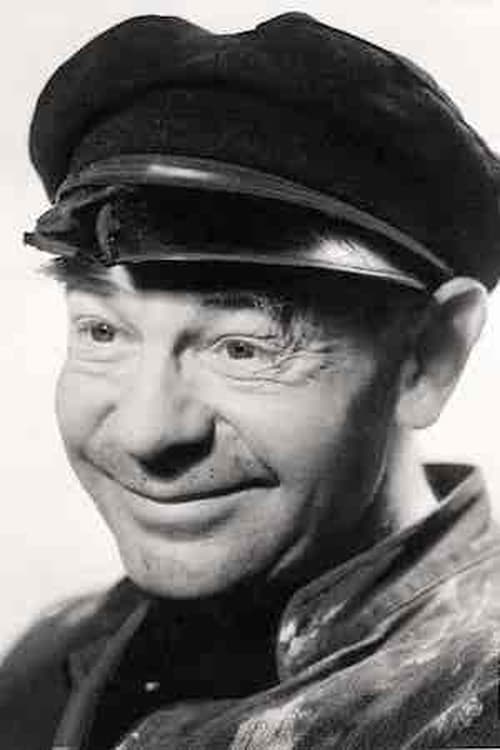
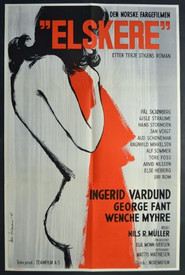 Ludvina is considered a woman of...
Ludvina is considered a woman of...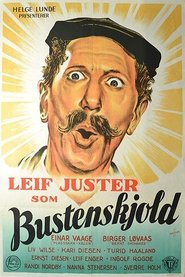 Bustenskjold is a Norwegian film of 1958...
Bustenskjold is a Norwegian film of 1958...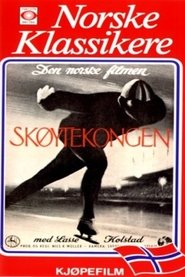 The throne of ice skating sees...
The throne of ice skating sees...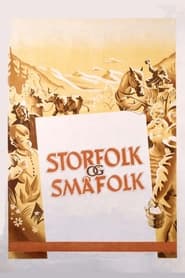
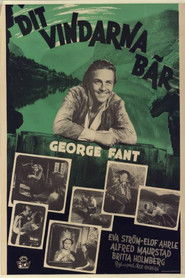 The Swedish blacksmith Jrund who left...
The Swedish blacksmith Jrund who left...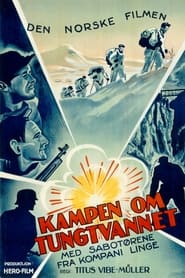 A factual reconstruction of the sabotage...
A factual reconstruction of the sabotage...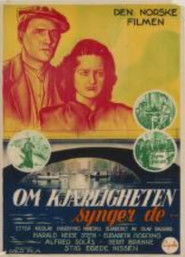 The film deals with poverty in...
The film deals with poverty in...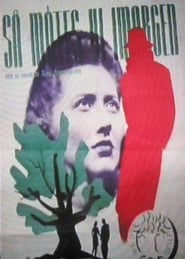
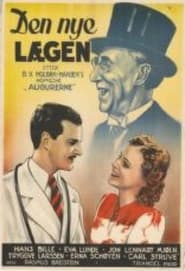 Den nye lgen English The New...
Den nye lgen English The New...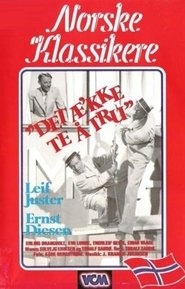
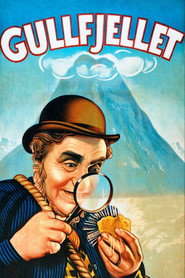 The city boy Rolf gets a...
The city boy Rolf gets a...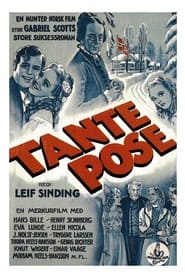 The story of the sour old...
The story of the sour old...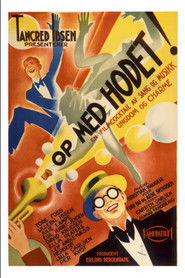 A Norwegian comedy
A Norwegian comedy